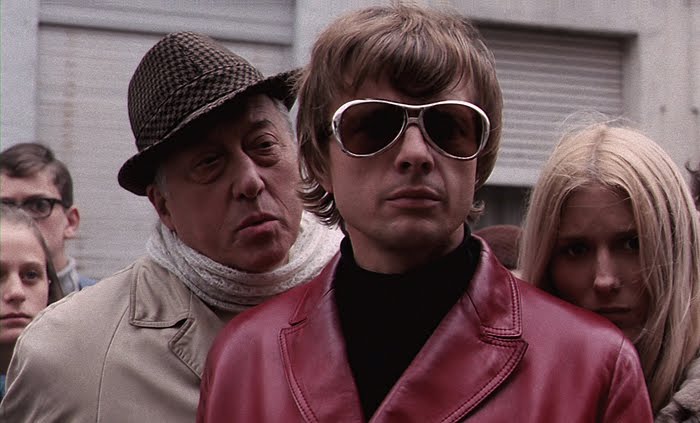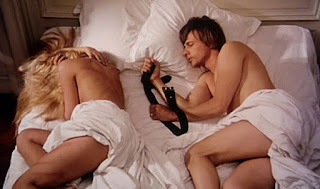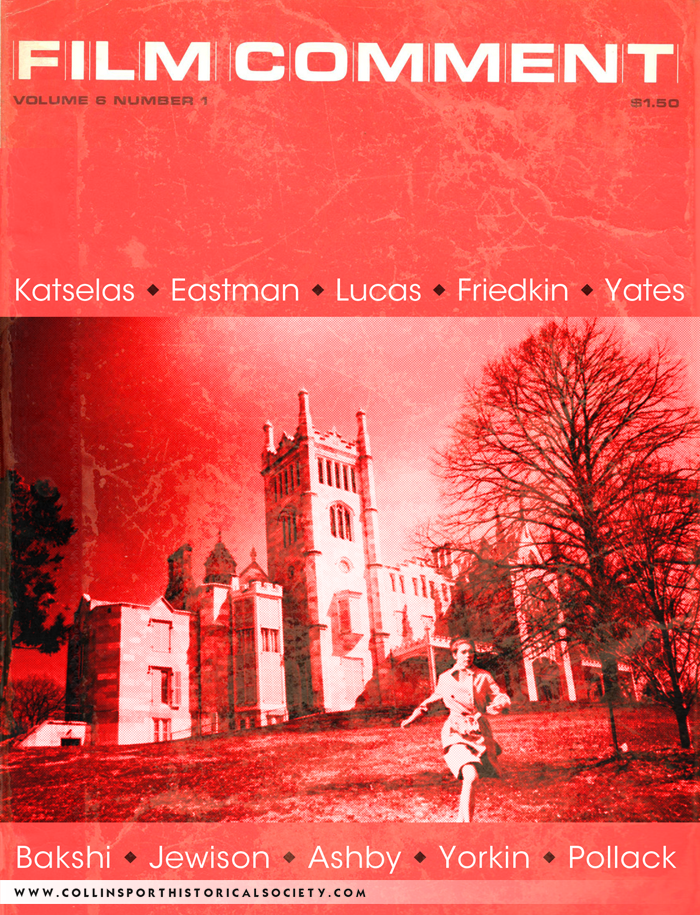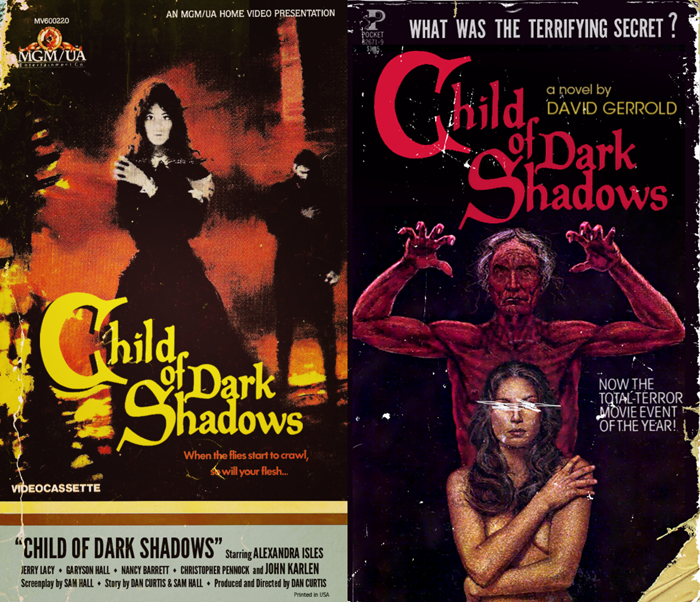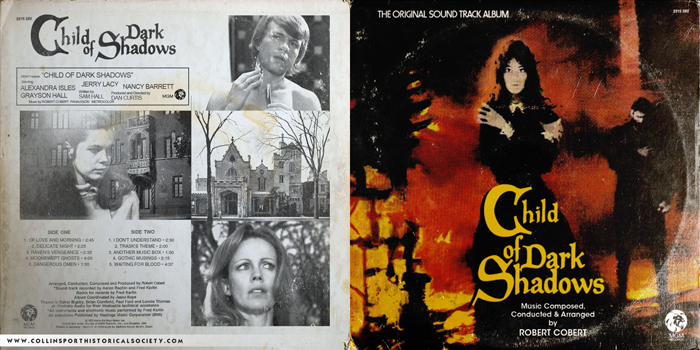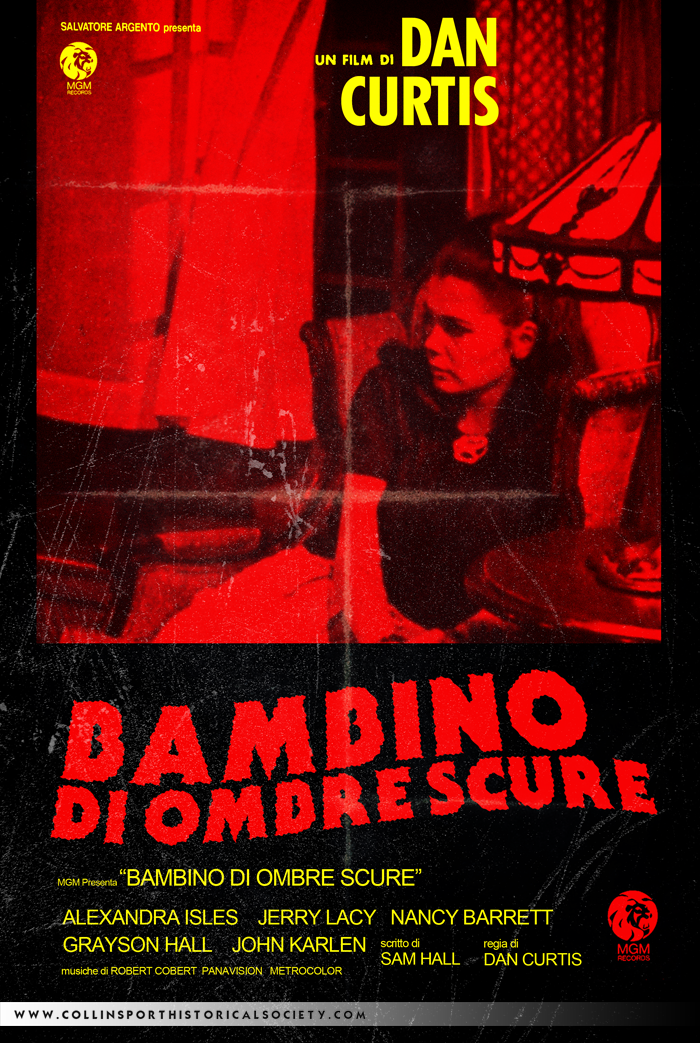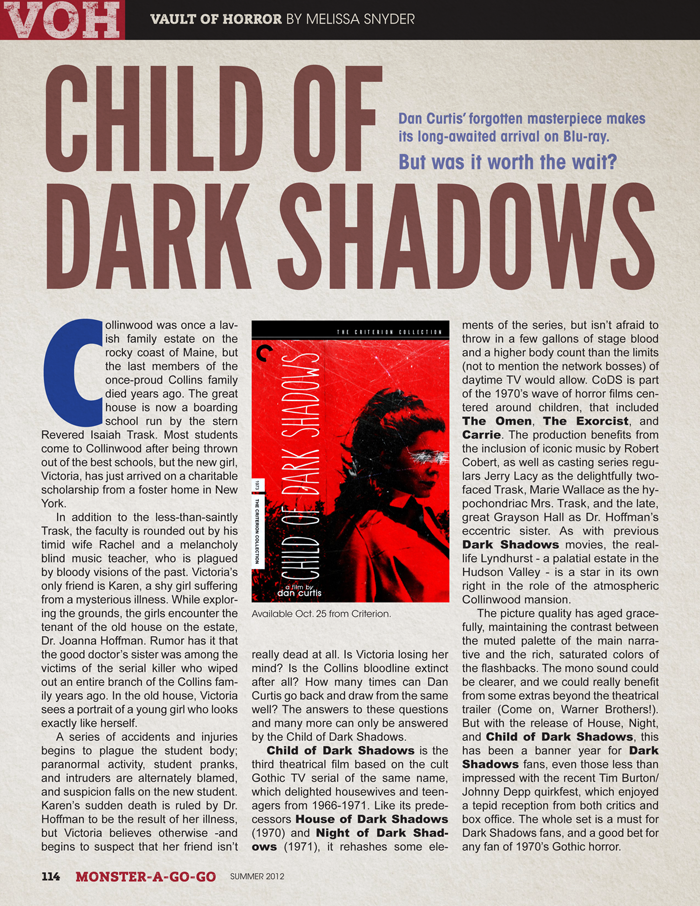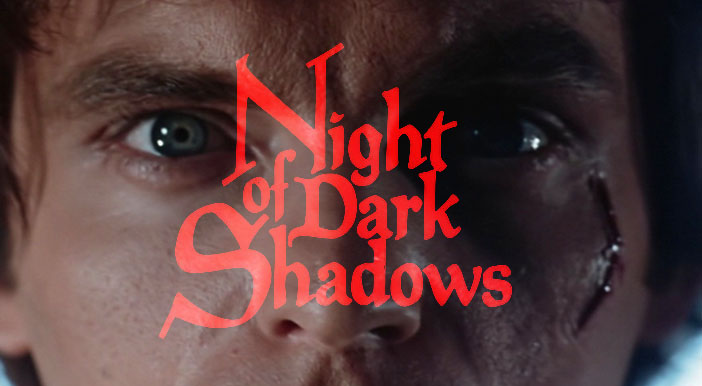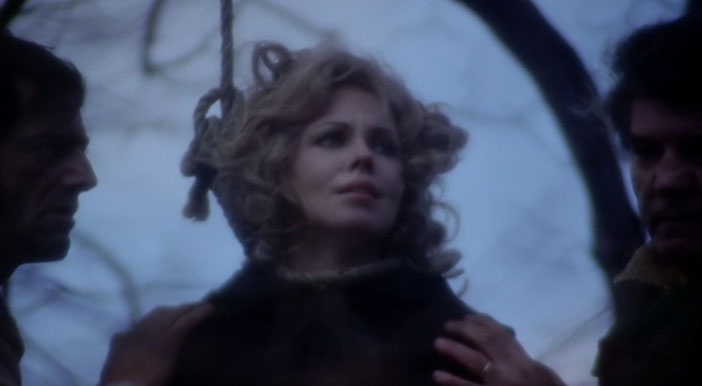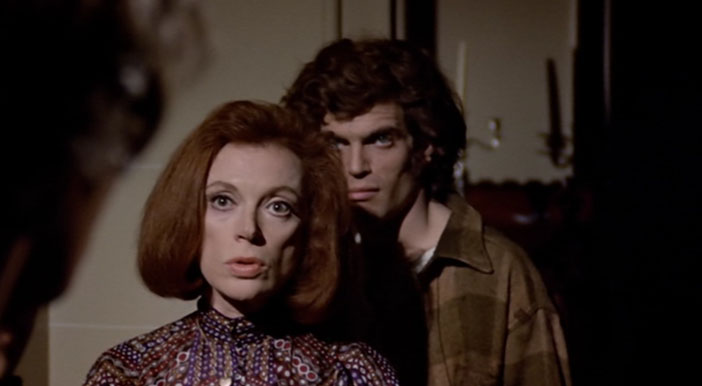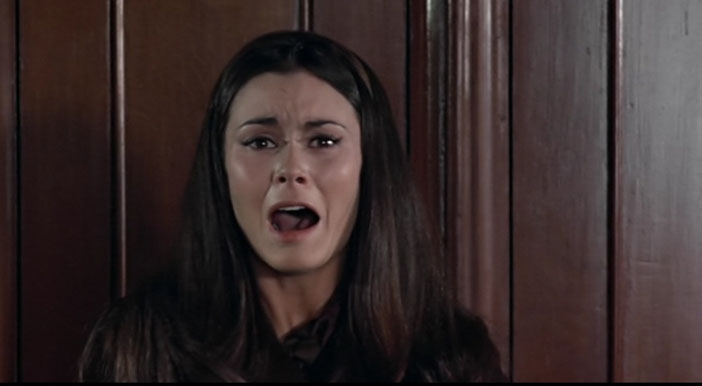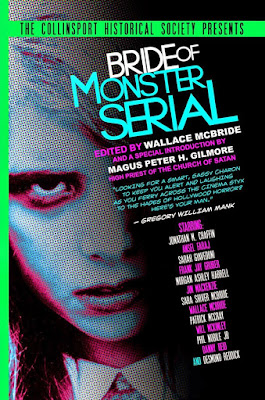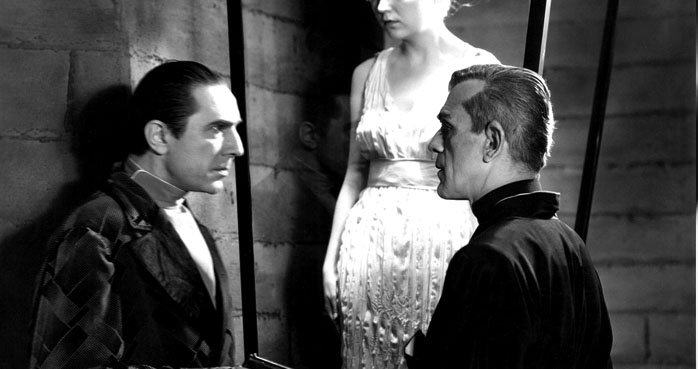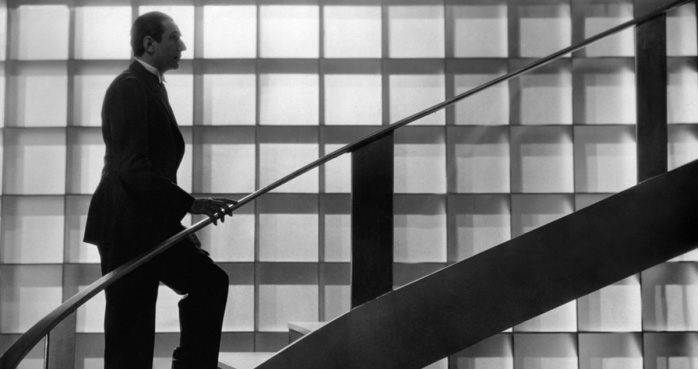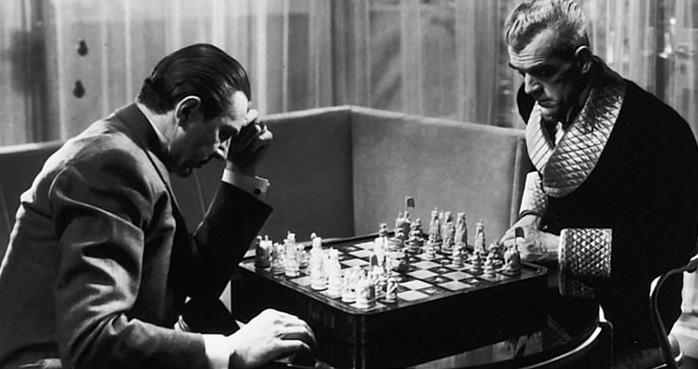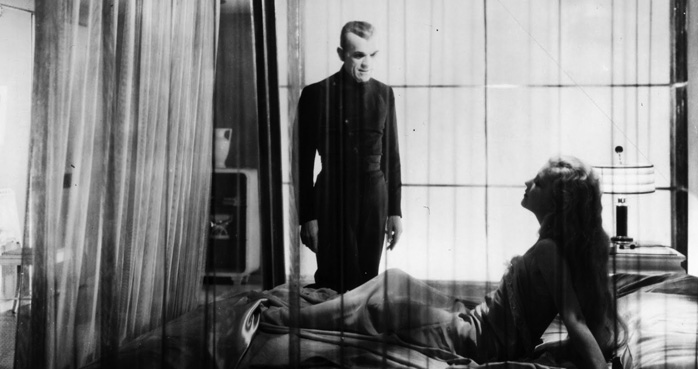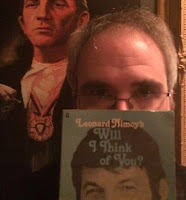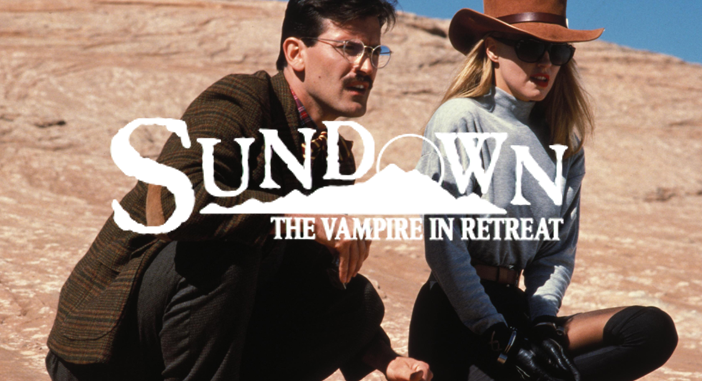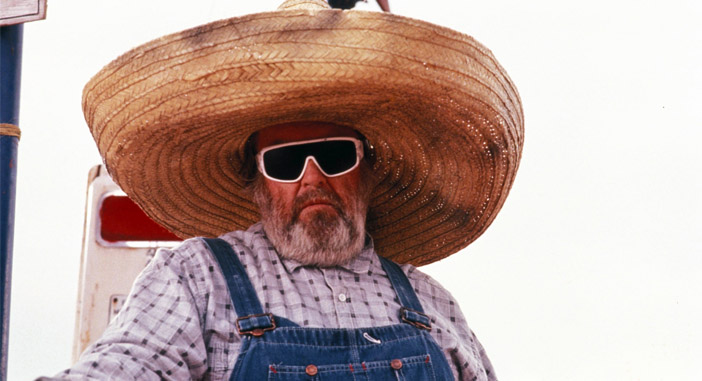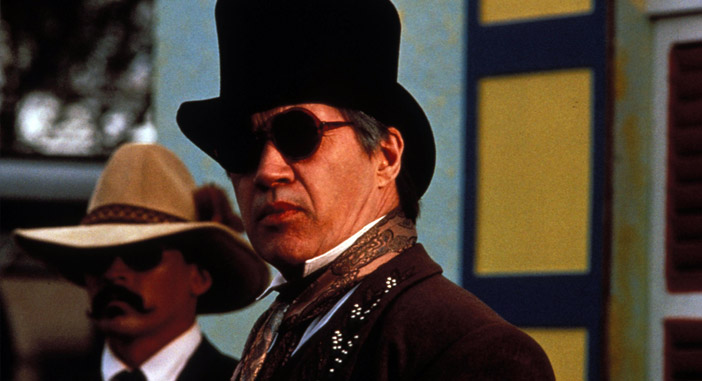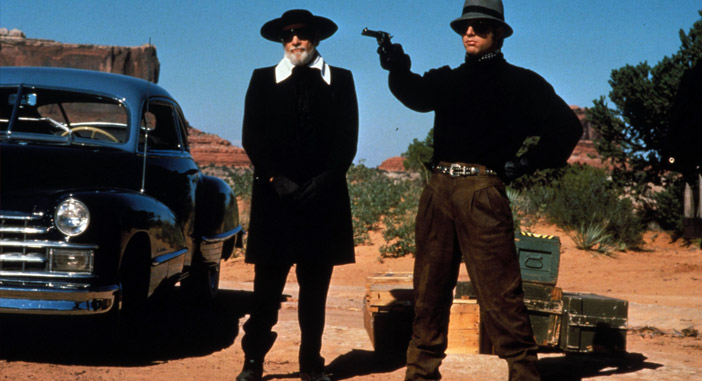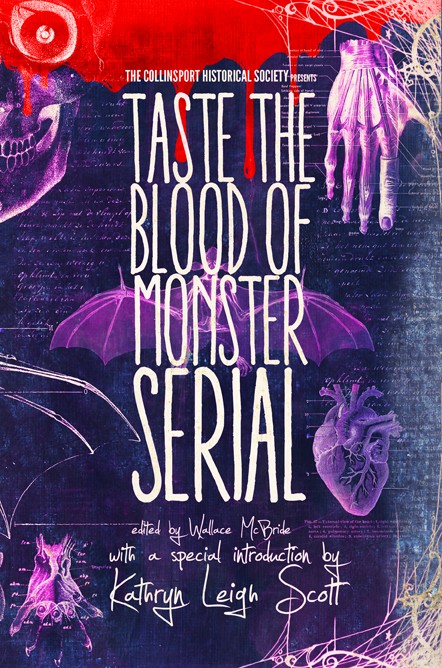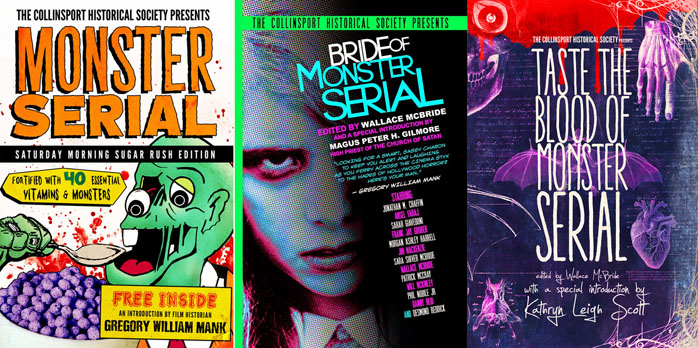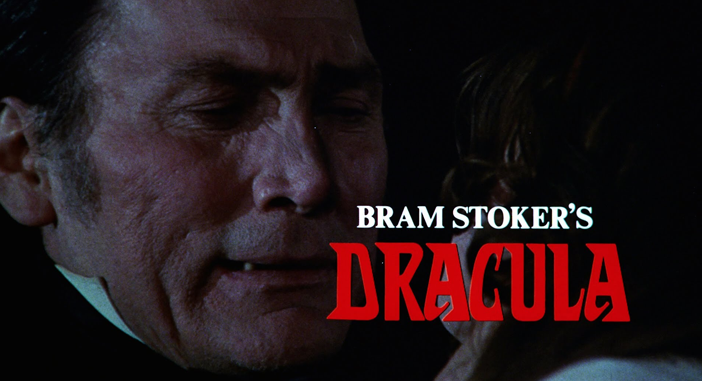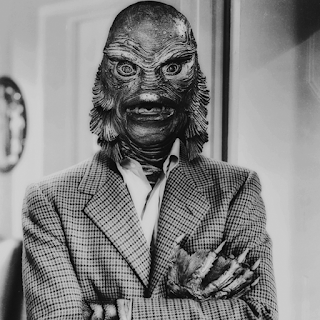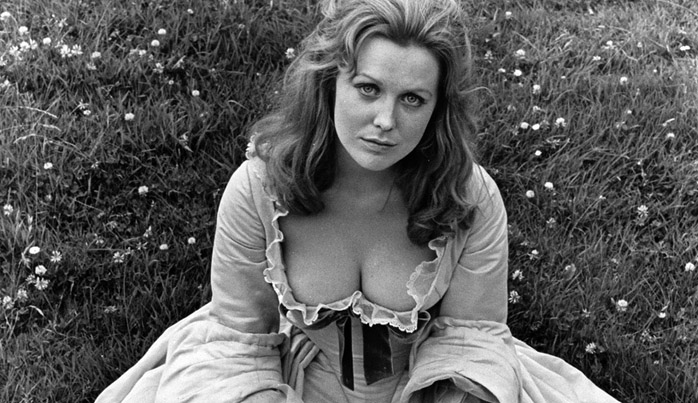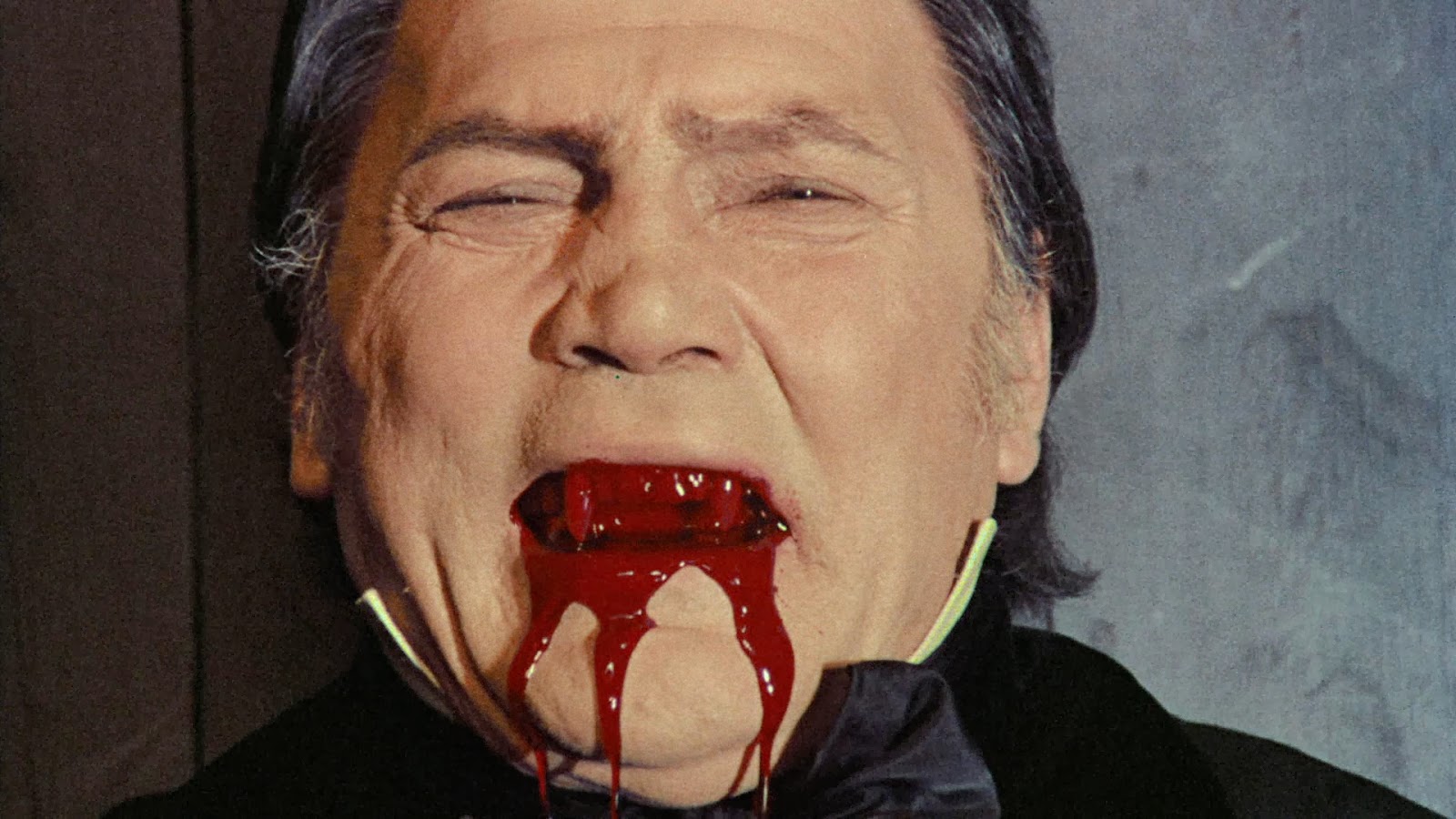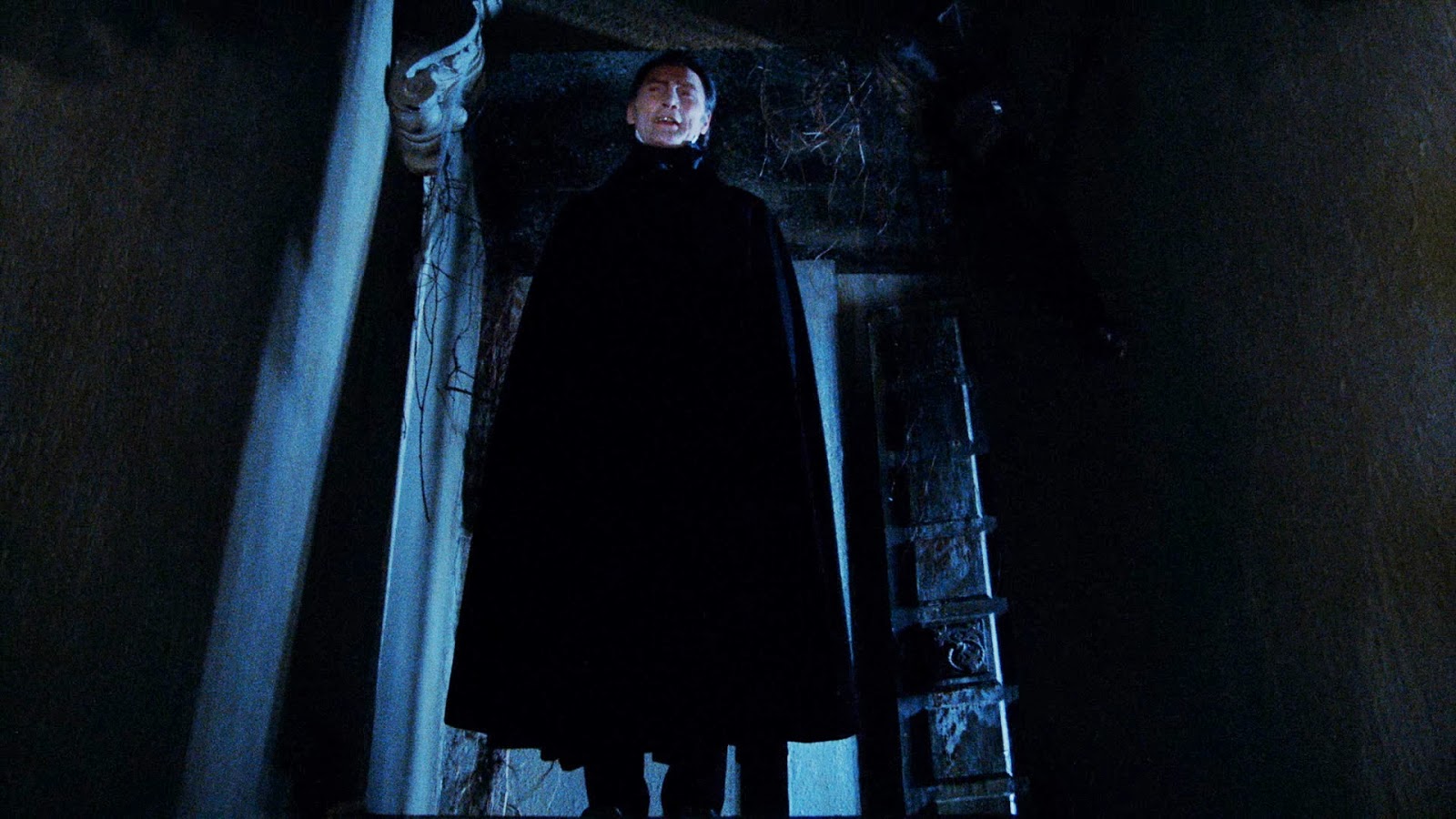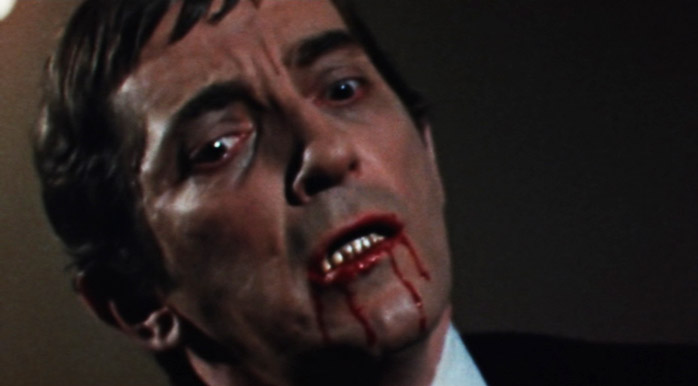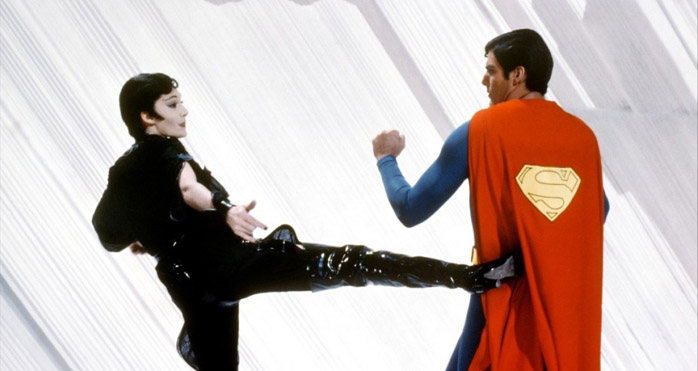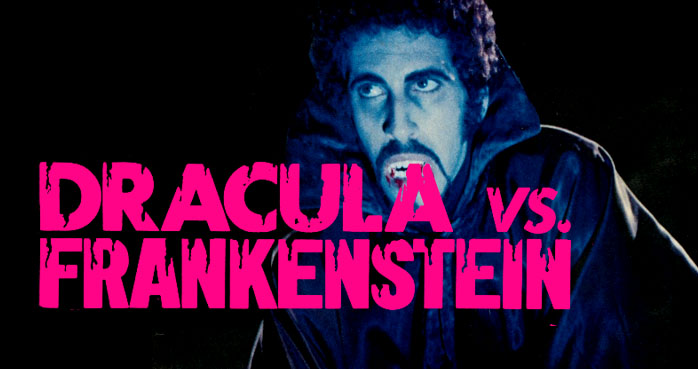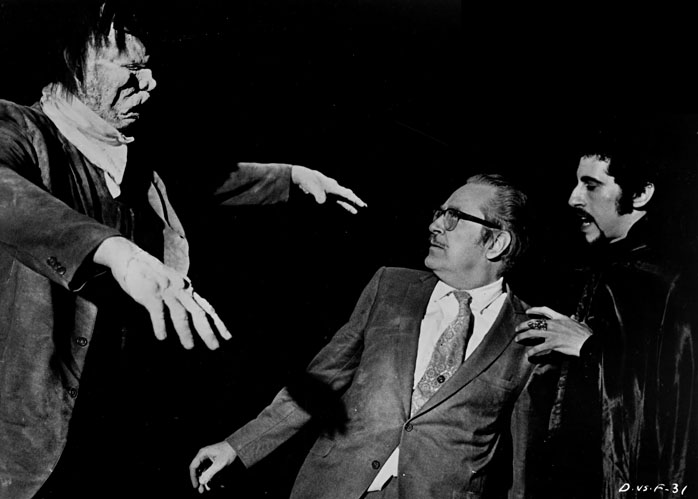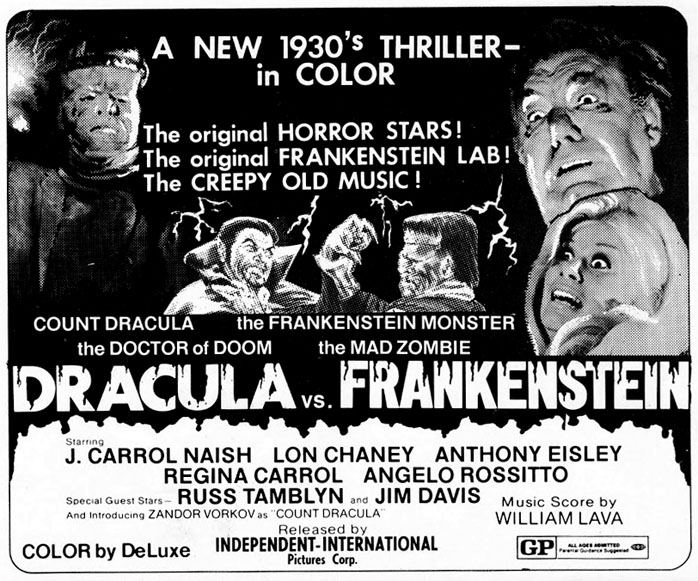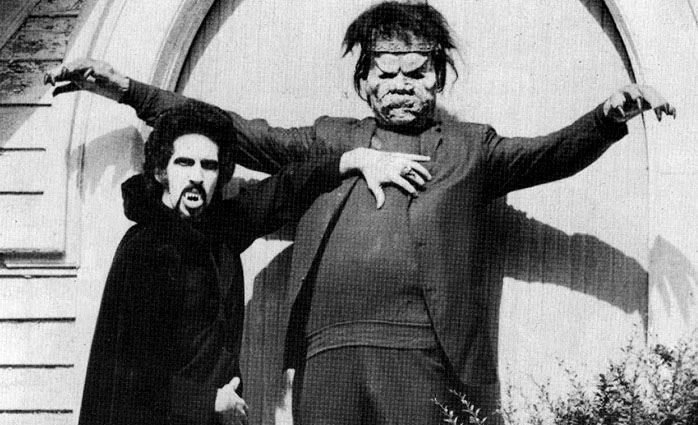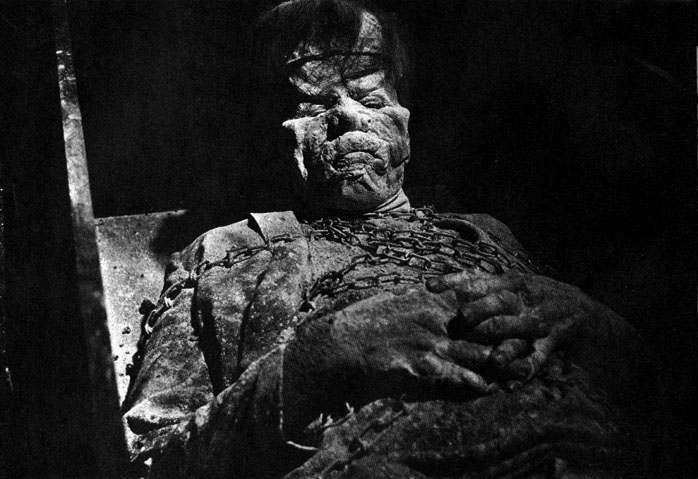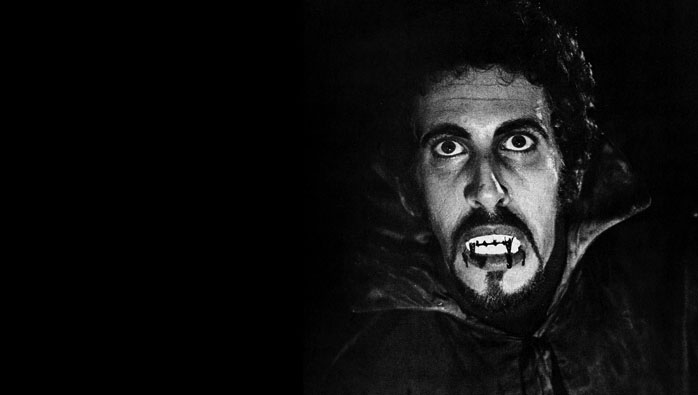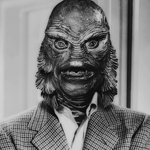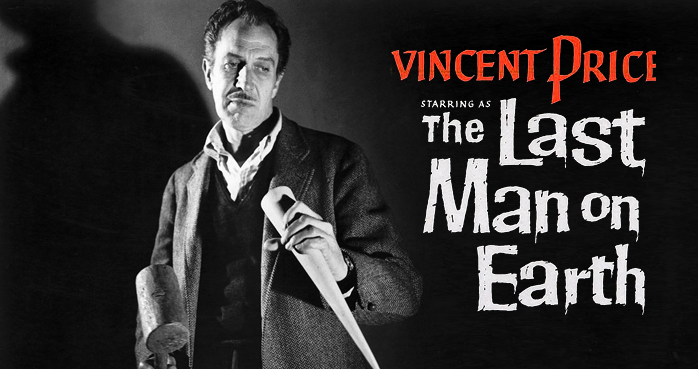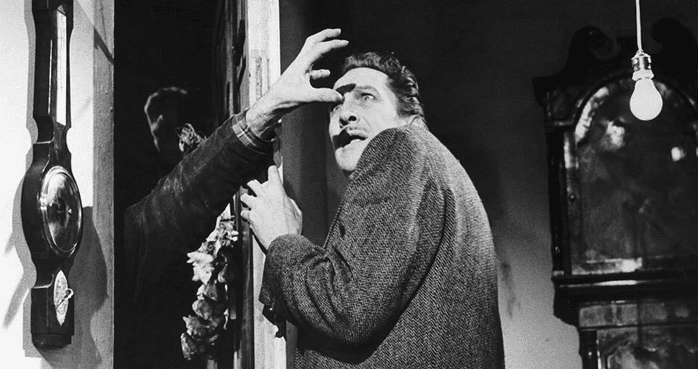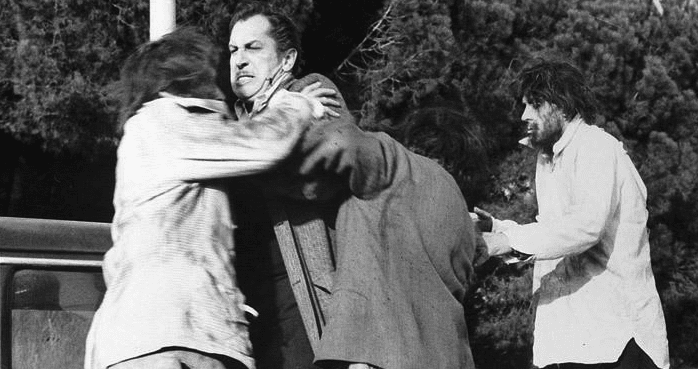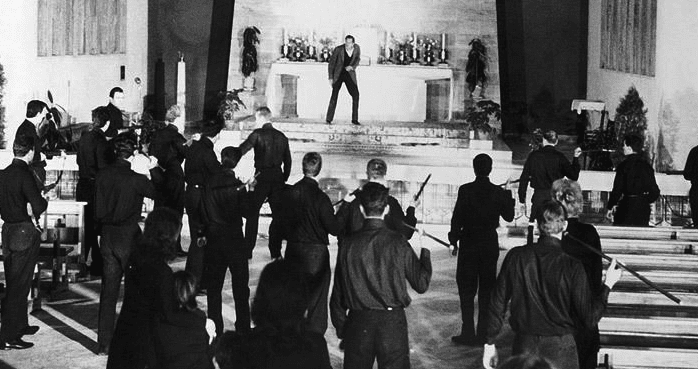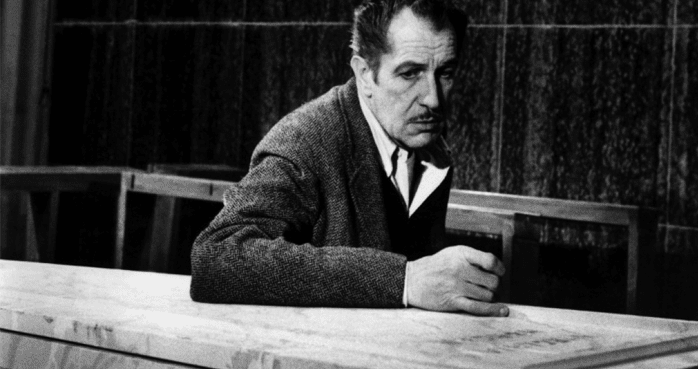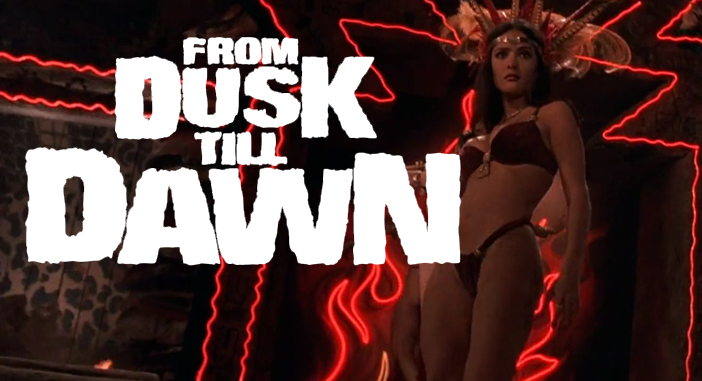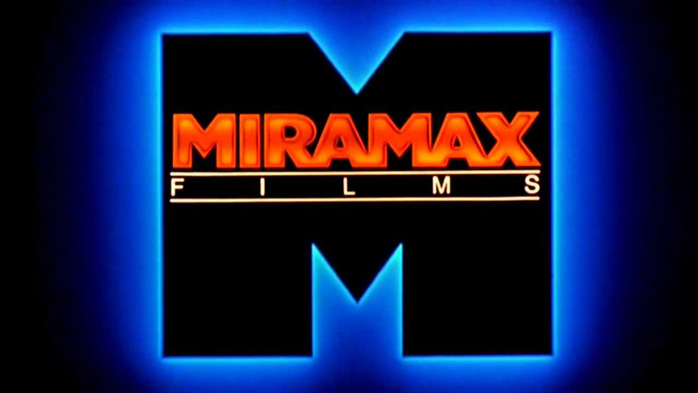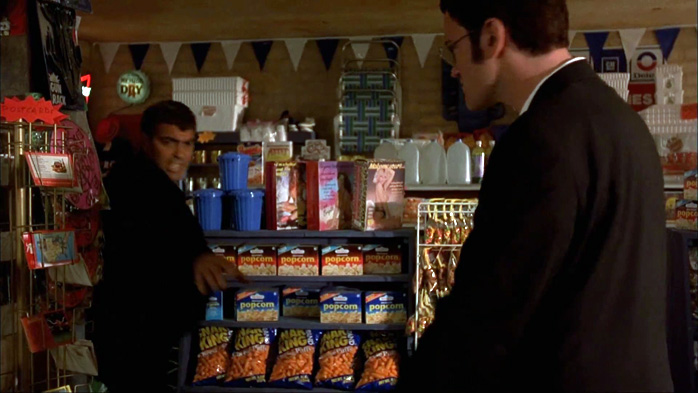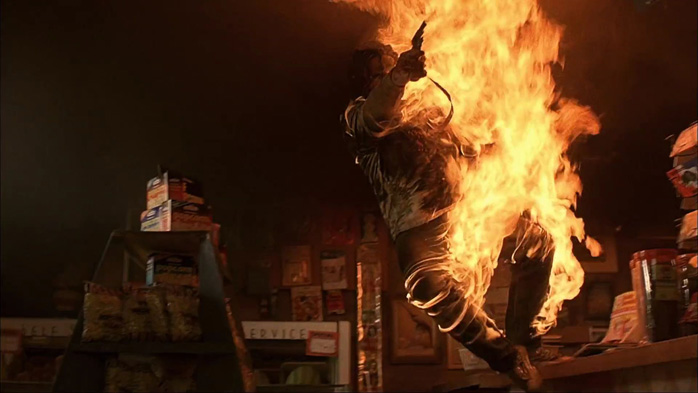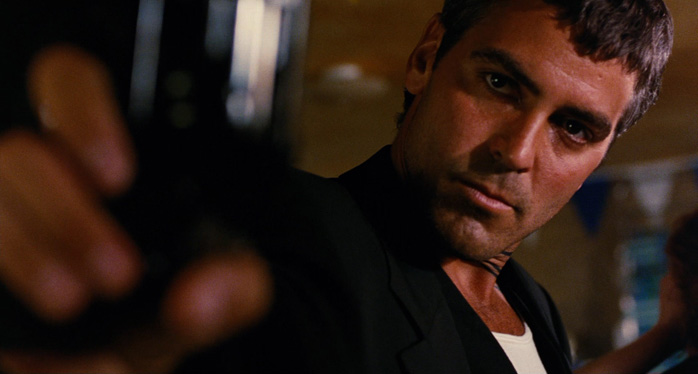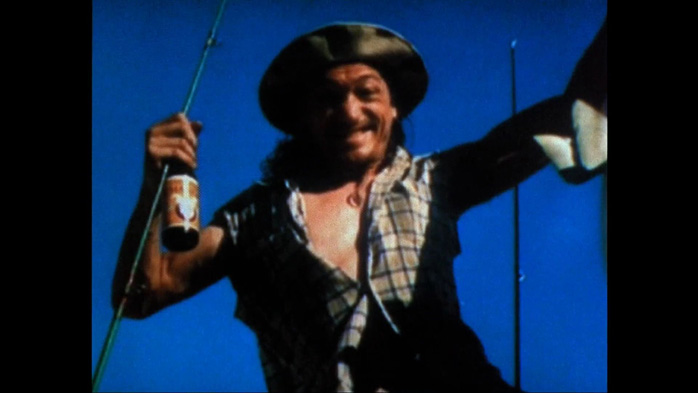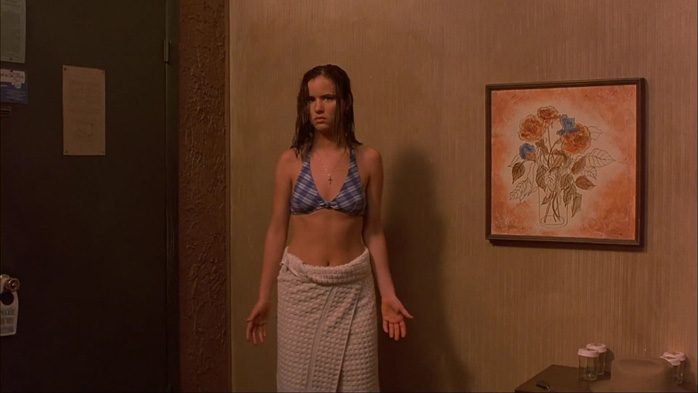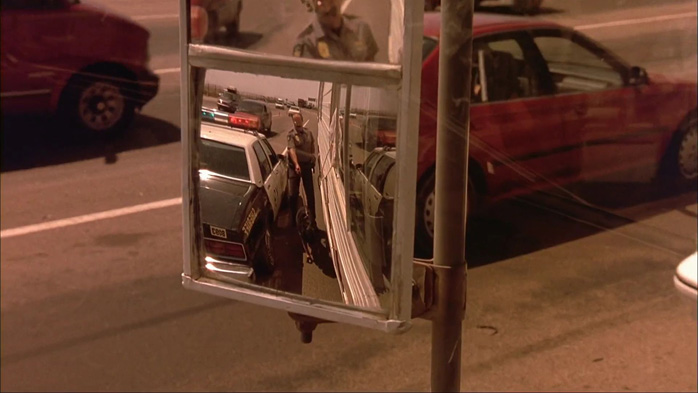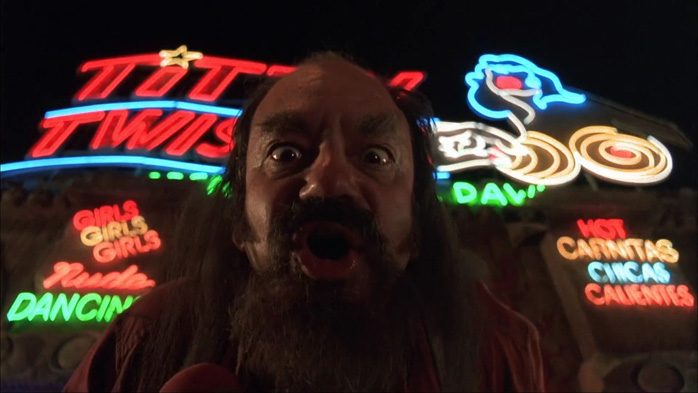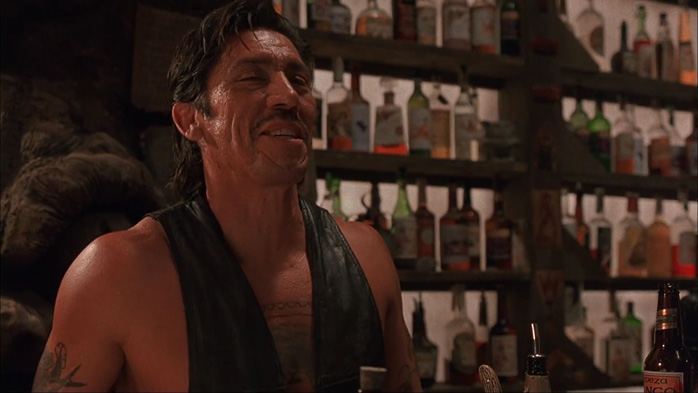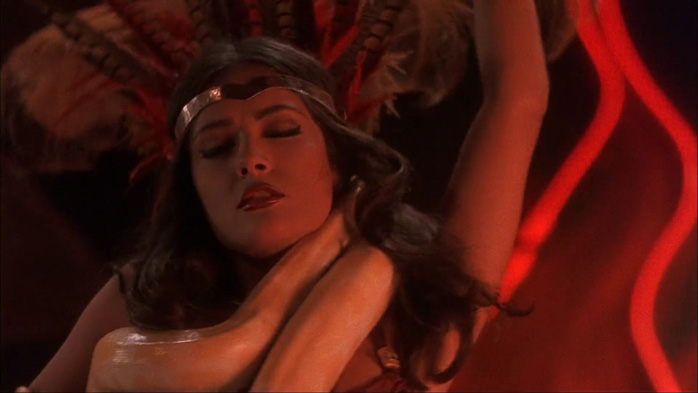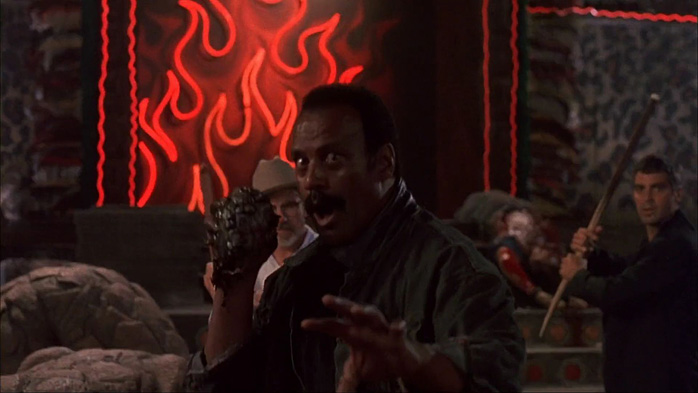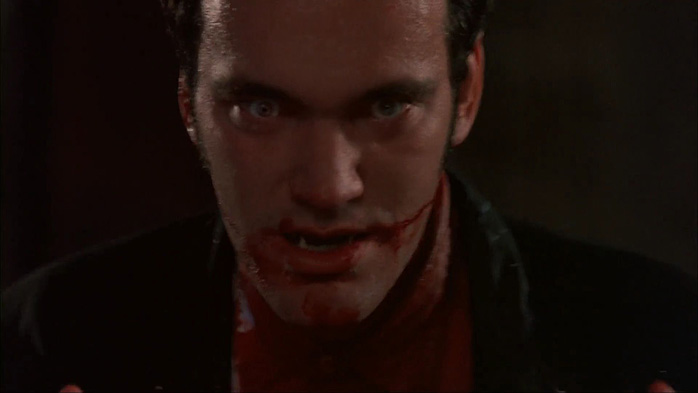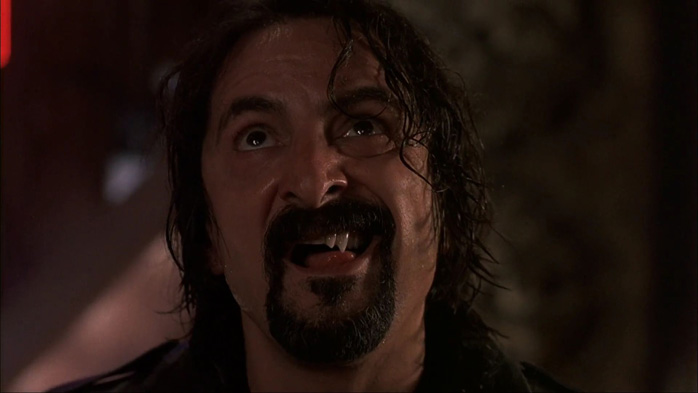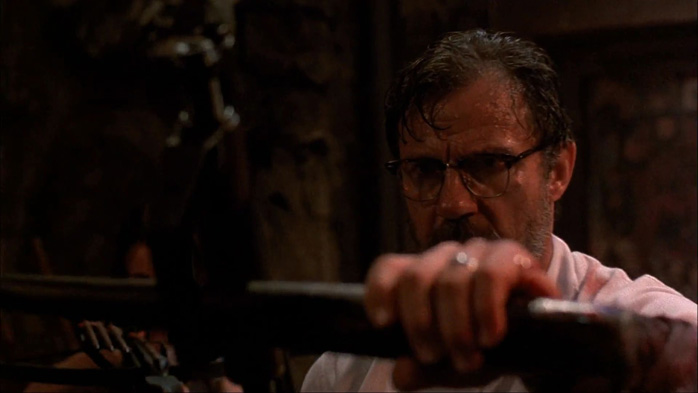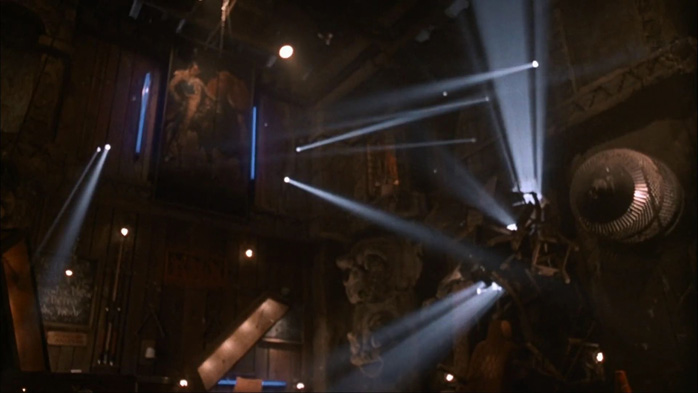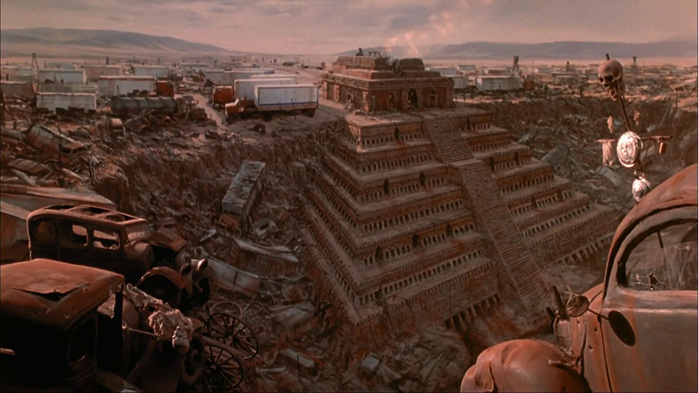(Editor's Note: Patrick McCray has written the lion's share of these Monster Serial pieces and was getting a little ... bored? Delirious? Insane? Whatever the reason, he decided to wander off the reservation for his piece on Robert Rodriguez's FROM DUSK TIL DAWN, keeping furious/random notes on a viewing experience. You can find the results of his mad science experiment below.)
By Patrick McCray
In 1996, Quentin Tarantino was as popular as the Charleston is today. Directing movies. Redistributing movies. And, in
FROM DUSK TILL DAWN, he took to both writing and starring in them. At the time, his specialty seemed to be humanizing inhumanly cruel criminals, pitting them in situations of intense vulnerability. In FROM DUSK TILL DAWN, he follows that model with a diabolically funny twist, making — essentially — two movies.
The thieving, murdering, and well-dressed Gecko Brothers (George Clooney and Quentin Tarantino) hold a vacationing preacher and widower (Harvey Keitel) hostage. The plan? Hide in Keitel’s RV to slip into Mexico, evading US law enforcement and (they hope) meeting up with his Latino compatriots. Clooney’s anti-hero isn’t just dueling with the law and Keitel’s iron resolve. There are the latter’s two kids (Juliette Lewis and Ernest Liu) to keep an eye on, as well as the delusional impulsivity of his priapic and bruxing brother.
Successfully arriving at the Mexican safe haven and rendezvous point of the Titty Twister strip club, the warped family unit waits it out, meeting a gun-penis-toting (you just have to see it) biker named Sex Machine (Tom Savini) and Fred Williamson as a battle-hardened Vietnam vet with Serious Issues. When the movie completely changes into a vampire film, as the employees of the club reveal themselves to be vicious bloodsuckers, all of the aforementioned team up to survive through plain, old ass kicking.
It had been nearly twenty years since I’d seen this movie. I was so delighted with what I found in the first five minutes that I decided to restart it and keep a running log of my thoughts on the more astounding moments.
6:35 p.m. We start
6:35 p.m. Yeah, Miramax. I remember them. Do they still count?
6:37 p.m. Redneck, liquor store clerk is reading a bridal magazine.
6:38 p.m. I’m not sure if I’m supposed to laugh about a mongoloid child giving food poisoning to a cop. But I am.
6:40pm George Clooney doesn’t age. Quentin is quirky. Better actor than I remembered. WILD BUNCH reference. Good.
6:42 p.m. Is that an Amber Lynn video tape in the background?
6:43 p.m. They shoot sideways. Is this where that started? I hear it’s the wrong way to shoot.
6:43 p.m. Clooney improvises amazing explosive.
6:44 p.m. Man on fire shooting gun!!!
6:45 p.m. The irony is hamfisted, but damn you, you have style.
6:45 p.m. I forgot about Harvey Keitel in this. Juliette Lewis, too. Too bad she’s a Scientologist.
6:47 p.m. Story by Bob Kurtzman. Who wrote Star Trek 09 and created JACK OF ALL TRADES?
6:47 p.m. No, it’s a different Bob Kurtzman.
6:48 p.m. This is like Rob Zombie via suburbs. That’s okay.
6:49 p.m. Maybe it’s FACTS OF LIFE, but Clooney will always be a hero. And my favorite Batman. Yeah, I said it.
6:51 p.m. I hope Clooney is playing the same character he plays in Gravity. Maybe this is a prequel.
6:52 p.m. I think Quentin’s going to do something bad to the hostage woman. But I hope he doesn’t.
6:53 p.m. Keitel and Lewis! Wholesome as father and daughter! Love seeing an opposite played. Lewis always sounds kinda... you know... slow. What was her appeal? The 90’s, folks.
6:55 p.m. A pastor whose faith is gone. I wonder if it’s coming back?
6:56 p.m. Is there an app that could have made this thought-logging easier?
6:56 p.m. Talk, talk, talk. I want a beer or to play Second Life. I know it’ll pick up. Quentin just lets them get talky too often. My nightmare is him collaborating with Kevin Smith.
6:57 p.m. News photo of the liquor store clerk with big fish. Hey, it’s John Saxon!!!!!!!!
6:58 p.m. Kahuna burger in-joke. Okay.
6:59 p.m. Why does Clooney stay with Quentin, when he does such horrible things like raping hostages? Someone will atone.
7:04 p.m. Juliette in bikini alert!!!
7:04 p.m. Hilarious cunnilingus-oriented inner monologue for Quentin. Art imitating life?
7:05 p.m. The 90’s. Kevin Smith. What happened to you?
7:06 p.m. Even as a preacher, Keitel is a BAMF.
7:08 p.m. Keitel gives monologue about his dead wife. I miss my mom. Wonder if she’d be proud of me? I think she’d have to try.
7:10 p.m. Lots of mini-frames within shots. Windows. Doorways. Is this to give a comic book-like effect?
7:11 p.m. Quentin, what is it with the foot fetish?
7:12 p.m. Oh, the cunnilingus inner-monologue isn’t a delusion. He believes it. I remember this got a laugh. After he confronts a befuddled Juliette Lewis about what he thought was a proposition, his brother chastises him. He mouths, ”Talk later.” That’s the button on the gag.
7:14 p.m. Cheech Marin as a border cop! This is the remake-Kolchak I always imagined. Yeah, Cheech. He’d be a great Kolchak.
7:17 p.m. They’re in Mexico. They seem like a team, now. Good thing Clooney is so charming. He gets away with being a lethal and lovable criminal.
7:20 p.m. Titty Twister sighting! Cheech gives his infamous vagina list monologue. I saw a guy in grad school do this. I wonder how Stephen Fry would deliver it?
7:21 p.m. I’m getting a crush on Juliette. Drop the Dianetics!!!
7:22 p.m. What would jezebel.com say of the other vagina monologue? Probably proclaim it sex positive. Why? Tarantino’s name is on it. Cool trumps PC every time.
7:23 p.m. Knowing the punchline, the Aztec architecture makes total sense in the bar. I love consistency.
7:24 p.m. Danny Trejo. That is all.
7:25 p.m. Bare breasts. Rare. They’d all have bikinis on now.
7:26 p.m. My friend says that a stripper looks a ... Hey, it’s
Tom Savini!
7:27 p.m. Savini penis gun.
7:29 p.m. Fred Williamson. All is right with the world.
7:30 p.m. Salma Hayek. I like her in this more than FRIDA. But it’s the kind of main act in a movie strip club that you know, sadly, will never end in nudity. And a part of me dies.
7:31 p.m. I think that’s a Kahl Albino Boa she has on. Sweet snakes. Really nice. I miss Babydoll, my boa.
7:33 p.m. Positive ethno-non-centrism. Latinas are just prettier to me. Scientific fact. Sorry.
7:34 p.m. Not enough Latinas in East Tennessee.
7:37 p.m. Okay, it’s a vampire movie. Salma looks like G’kar when she transforms.
7:38 p.m. Vamp-pandemonium.
7:38 p.m. Cheech is a Klingon vampire.
7:39 p.m. Vampire explosion at sight of the cross. This movie is officially Very Catholic.
7:40 p.m. I’d read an Adventures of Tom Savini comic.
7:42 p.m. Fred Williamson just ripped a vampire’s heart out. Just like in real life.
7:43 p.m. Clooney and company square off against female zombies. Issues with women? Resolved.
7:45 p.m. Evil Tarantino Vampire!
7:46 p.m. Touching moment all around after Clooney kills Tarantino.
7:47 p.m. Dinner. My food is here. Excuse me while I eat. Also, Keitel remains stalwart voice of reason.
7:48 p.m. Bat attack!!!!!!!!
7:49 p.m. Eating tacos. What a mess.
7:53 p.m. Clooney inquires if anyone has read a real book on vampires. Savini asks, “Like a Time-Life book?”
7:54 p.m. Back to dinner.
7:56 p.m. Williamson has Nam flashback!
7:57 p.m. Savini vampire transformation shtick.
7:58 p.m. Savini bites Williamson and Keitel!
7:59 p.m. Bats get in.
8:00 p.m. Keitel improvises shotgun cross against bat horde.
8:02 p.m. Weapon making montage!!!!
8:05 p.m. My friend insinuates something about the Whedon having come up with yet another something else first. Just when I’m having a good time.
8:08 p.m. Another vampire killing montage. This one with Jerry Goldsmith omen-type music.
8:08 p.m. Savini decapitated with a whip.
8:08 p.m. Rat Zombie Vampire!
8:09 p.m. Keitel shoots vampires through an impaled Williamson.
8:10 p.m. Keitel vampire. My worst nightmare?
8:11 p.m. Juliette has very powerful, um, bullets.
8:12 p.m. The sun! Shoot for the holes! Just like Peter Cushing!!! Bats = destroyed.
8:13 p.m. Cheech shoots in doors in third role. His third role in the movie. He is the Peter Sellers of this film.
8:15 p.m. Juliette and Clooney have that weary hero-survivor vibe.
8:16 p.m. Juliette’s going with him. Ah, Clooney won’t let her. Thanks. On behalf of nice guys, I appreciate that.
8:17 p.m. It was the top of an Aztec temple matte painting all along.
8:18 p.m. Elvis has left the building.
Believe it or not, that was without spoilers. I teach cinema studies, and am amazed at how younger viewers find the movies of “my generation” to be dull. With this one, I think they’d be surprised.
After two decades, I was, too.
PATRICK McCRAY is a well known comic book author who resides in Knoxville, Tenn., where he's been a drama coach and general nuisance since 1997. He has a MFA in Directing and worked at Revolutionary Comics and on the early days of BABYLON 5, and is a frequent contributor to The Collinsport Historical Society. You can find him at The Collins Foundation.
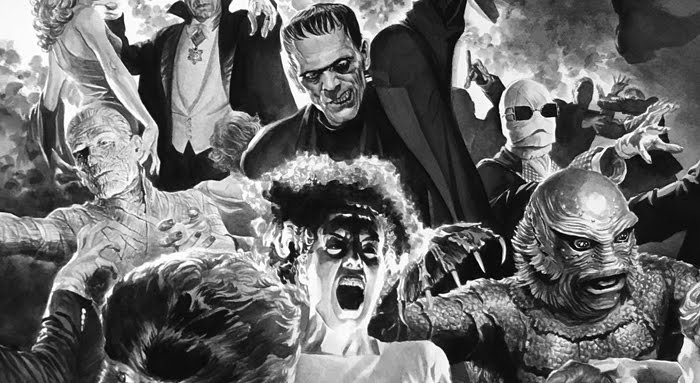
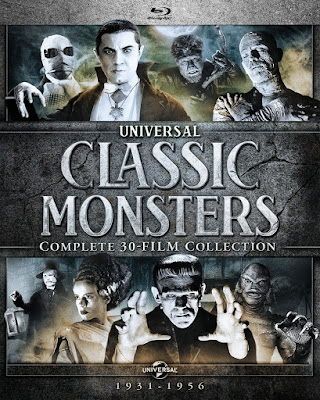 Dracula w/Bela Lugosi (1931)
Dracula w/Bela Lugosi (1931)
